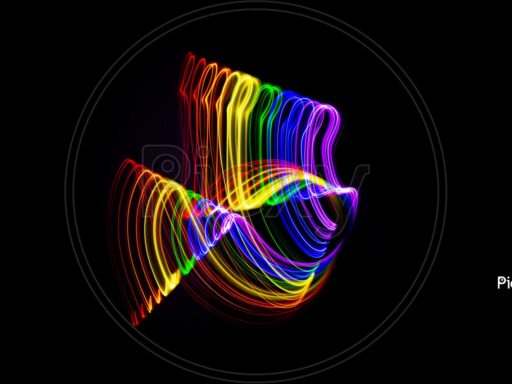In the ever-evolving landscape of web design, the integration of 3D elements and immersive experiences stands out as a transformative trend. This innovative approach not only captivates users but also elevates the user experience to unprecedented levels, marking a significant shift from traditional, flat designs to dynamic, interactive spaces. This blog post delves into the intricacies of 3D web design, exploring its benefits, challenges, and future implications.
The Rise of 3D and Immersive Web Experiences
The advent of advanced web technologies such as WebGL (Web Graphics Library) and APIs that allow for the integration of complex graphical content directly into web browsers has paved the way for 3D web design. Coupled with the increasing computational power of modern devices, these technologies enable designers to create intricate 3D visuals and immersive experiences that were once the domain of specialized applications and games.
Benefits of Integrating 3D Elements into Web Design
- Enhanced User Engagement: 3D elements make websites more interactive and engaging, encouraging users to spend more time exploring the content.
- Improved Conversion Rates: Immersive experiences can lead to higher conversion rates, as users are more likely to be captivated by the innovative presentation of products or services.
- Competitive Edge: Employing 3D designs and immersive experiences can differentiate a brand from its competitors, offering a unique digital presence that captures and retains user attention.
- Storytelling and Branding: 3D elements enable the creation of a narrative around products or services, enhancing brand identity and making the message more memorable.
Challenges and Considerations
While the benefits are compelling, integrating 3D elements into web design comes with its set of challenges. Performance optimization is paramount; 3D graphics can be resource-intensive, potentially leading to longer loading times and a less responsive user experience on less powerful devices. Accessibility also becomes a crucial consideration, as designers must ensure that these immersive experiences are inclusive and navigable for all users, including those with disabilities.
Best Practices for Creating 3D Web Experiences
- Optimize for Performance: Use optimized models and textures, and leverage level of detail (LOD) techniques to ensure smooth performance across a wide range of devices.
- Focus on User Navigation: Design intuitive navigation controls for interacting with 3D elements, considering both desktop and mobile users.
- Ensure Accessibility: Provide alternatives or enhancements for users who may have difficulty with 3D environments, adhering to web accessibility guidelines.
- Integrate with UI/UX Design: Seamlessly blend 3D elements with traditional web design components to create a cohesive user experience.
Future Implications and Trends
The integration of 3D elements and immersive experiences in web design is just the beginning. With the advent of virtual reality (VR) and augmented reality (AR) technologies becoming more accessible, the future of web design promises even more immersive and interactive experiences. Websites could soon offer virtual showrooms, interactive learning environments, and virtual events that are accessible from a browser, further blurring the lines between digital and physical realities.
Conclusion
The incorporation of 3D elements and immersive experiences into web design represents a significant leap forward in how users interact with digital content. As technology continues to evolve, so too will the possibilities for creative and engaging web design. For businesses and designers, staying abreast of these trends and embracing the challenges of 3D integration will be key to creating memorable, effective online experiences that resonate with users on a deeper level.







